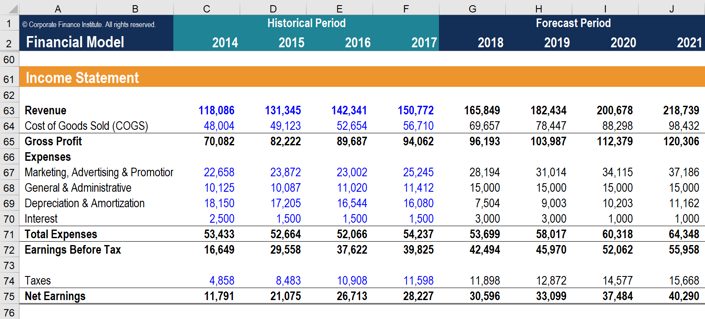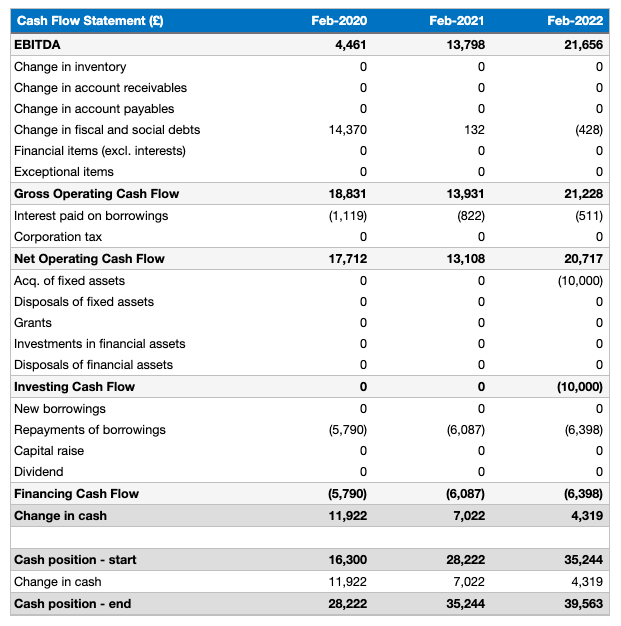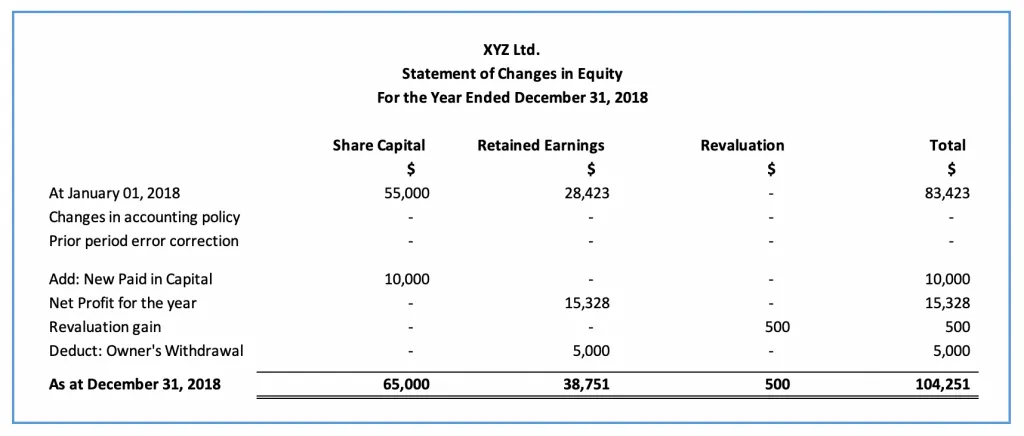Companies both big and small rely on annual reports to paint the financial health of their business. Not only that, but it is also a requirement in most states to file an annual report, and failure to do so can come at a steep cost that includes penalties and even the possibility of dissolution. For many business owners, these reports are also tools that help communicate their company's performance and highlight a successful year of operation.
Let's take a look at some key definitions, along with the five types of financial statements that go into an annual report and examples of how each is structured.
What Is an Annual Report?
So what is an annual report and what does an annual report do? It is a key document that provides information about a company’s operation and financial performance during the fiscal year. It offers guidance to shareholders, employees, investors and the general public interested in gaining insight into a company’s financial health.
This yearly (or sometimes biennial) statement is compiled and submitted by companies and is required by law in most states. Annual reports must also be filled with the Secretary of State where a company is registered and conducts business. For a business to remain in good standing, it must comply with a state's specific filing requirements.
Annual reports also give a company the opportunity to disclose future plans, including new product initiatives, progress in research and development and other future programs. These reports can attract new investors and promote interest in a company that has experienced a year of growth and profitability.
Annual reports can also highlight problems within a business sector and provide reasons as to why a company is performing weaker than anticipated. This accountability into a company’s financial health provides a form of monitoring and insight for the benefit of investors and other stakeholders in a business. It also sheds light on how a company is managed, how well the managers are operating the business, and outlines future initiatives.

What Do Annual Reports Contain?
Preparing and filing annual reports date back close to 100 years and became a regulatory requirement for public companies following the stock market crash of 1929. These reports were mandated by lawmakers at the time to provide investors and the public with an overview of a company’s activities over the past year of operation.
Today, many businesses, including Limited Liability Companies (LLCs), Limited Liability Partnerships, S Corps and C Corps, must file an annual report regardless of the size of a business. (Sole proprietorships and partnerships do not need to file annual reports. )
Just about every state requires businesses to file an annual report, with Ohio and Pennsylvania being among the rare exceptions. In some states, such as New York and Indiana, businesses file biennially, or every two years. Annual report requirements, costs and filing deadlines also vary by state.
In addition to containing the financial information of a business, including a company’s balance sheet and profit and loss (P&L) statement, annual reports for LLCs and other business entities also include:
- Company name, address and type of business
- A mission statement
- An executive summary of the state of the business
- A letter for the chairman and/or board of directors
- Operating and financial highlights
- Financial projections and forecasts
- Tables, charts and other graphics and photos (to help break up the financial data)
- Auditor’s report
- Summary of the financial data
Annual reports also include the accounting policies of the company conforming to the common set of principles and standards used to compile the information found in the report.
5 Types of Financial Statements for an Annual Report
When it comes to presenting the financial health of a company during a given year, the following five types of annual report financial statements are included in an annual report.
1. Income Statement
This report shows how much money (revenue) a company has earned over a given year. The income statement also shows the expenses incurred by a company to make the earned revenue. For a company to be profitable, an income statement must show that it brought in more money in revenue than it spent in costs. This example shows the structure of your income statement:

Source
2. Cash Flow Statement
Cash is the lifeblood of business. It’s required to meet a company’s financial obligations, including operating and financing activities, as well as purchases and investments in assets, inventory and costs associated with growth opportunities. Unlike an income statement which looks at profit, a cash statement reports a company’s increase or decrease in cash on hand.
 Source
Source
3. Statement of Financial Position (Balance Sheet)
This statement provides details on a company’s assets and liabilities. Unlike a cash flow or income statement that shows the inflow and outflow of money, a statement of financial position shows where a company stands at the end of a reporting period.
3602.jpg)
Source
4. Statement of Change in Equity
This report highlights any changes made to a company’s equity during a given period of time. It can cover the net profit or loss of a business, equity withdrawals and retained earnings.

Source
5. Notes (Disclosure) to Financial Statements
Accountants preparing a company’s financial reports must also provide notes and explanations on how they came up with the reported numbers found in the other documents. This statement shows how accountants came up with the numbers and is key to understanding the accounting methods used in the financial reports.
Consequences of Not Filing an Annual Report
Some businesses may view the annual report as a formality required by state law in order to remain in good standing. However, failure to submit an annual report or mismanaging the process can have a negative, if not devastating, effect on a company. Penalties and fees can vary by state and get progressively worse the more time passes from the filing deadline.
Companies that fail to file their annual report can expect the following:
- You'll get a notification from the state that you missed the due date, including a late filing penalty and a new deadline to complete your filing.
- Failure to meet the new deadline will result in additional, heftier fees and a warning that your business may lose its "good standing."
- If you still do not file, your business will lose its Certificate of Good Standing, making it difficult for your company to conduct business in the state.
- The final straw is business dissolution, effectively closing down your business.
Making sure that your annual report is filed is not only state law but also a key indicator and summary of the financial health of your business and should not be neglected. It not only helps paint a picture of how you did in a given year but also provides the required insights that your employees, investors and customers deserve and expect from your business.
How Incfile Can Prepare and File Annual Reports
For many business owners, creating and filing an annual report can be a lot of work. Luckily, Incfile has extensive experience in preparing and filing annual reports as well as the professional staff to make sure that your annual reports are error-free and filed on time. Our Annual Report service will collect your business's information from you to complete and file the annual report in your state of formation. You can rest easy knowing your annual report is on time and correct.

